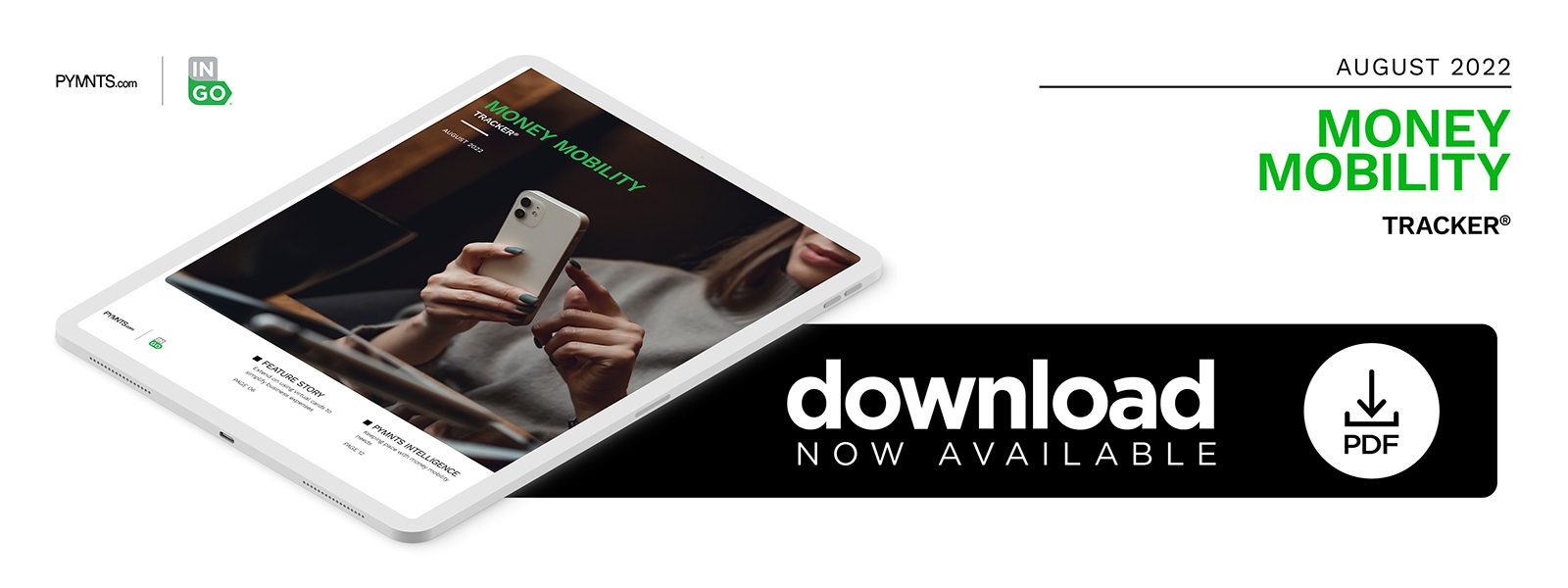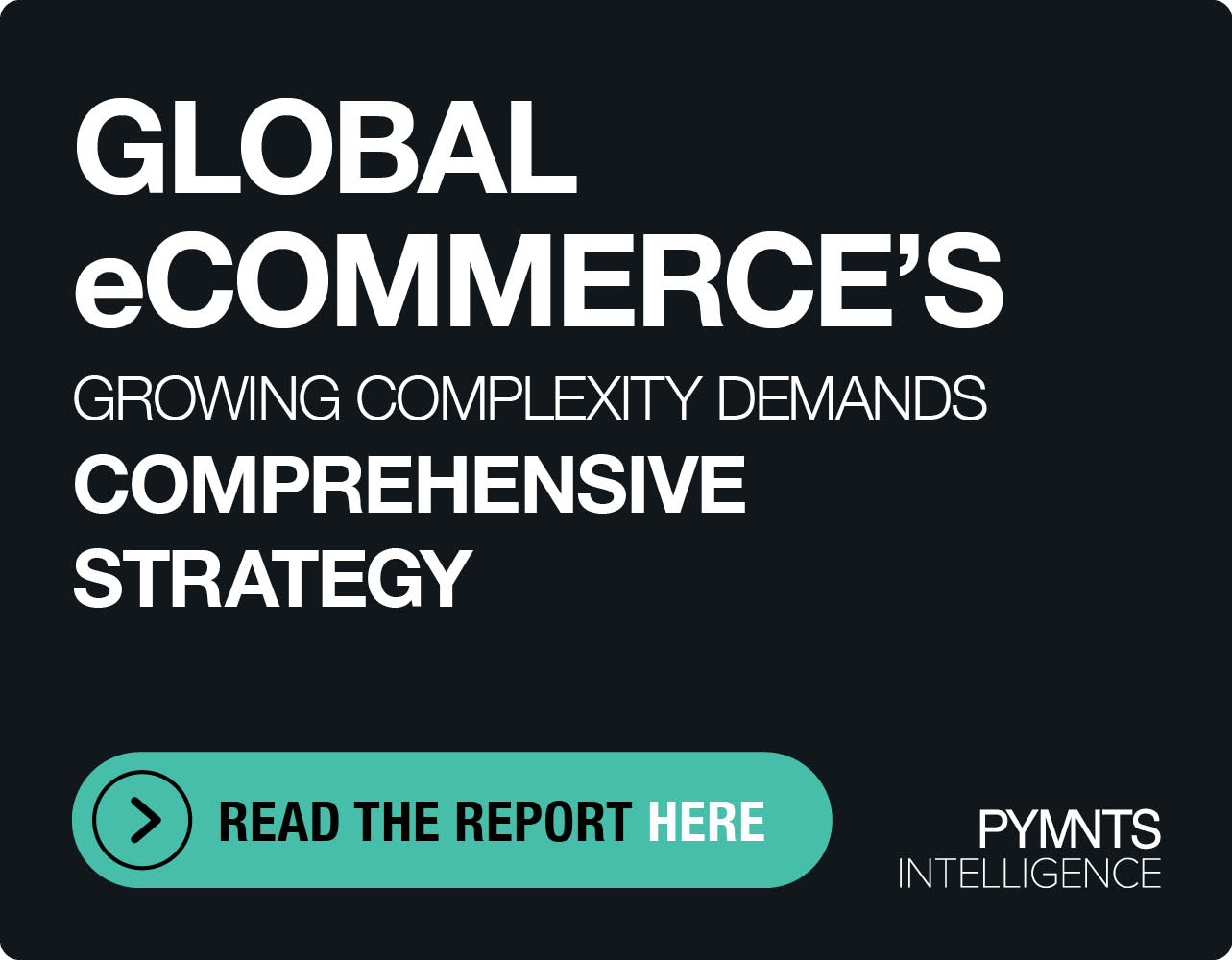Extend on Using Virtual Cards to Simplify Business Expenses

In the “Money Mobility Tracker®,” Andrew Jamison, CEO and co-founder at Extend, tells PYMNTS how instant-issue virtual cards not only empower workers to make purchases but also give companies greater control over spending as well as simplified expensing and accounting.
Digital wallets have long been relevant in other parts of the world, according to Andrew Jamison, CEO and co-founder at Extend, but they have come to be relevant to the U.S. market only within the past two years, and there is still significant opportunity for developing use cases.
Digital wallets add convenience by permitting a virtual card to be used immediately without waiting for a physical card in the mail. At the same time, digital wallets also provide greater control and oversight than carrying around a physical form of payment. With the recent proliferation and acceptance of digital wallets, those same benefits can greatly simplify business expenses and accounting.
Handling Expenses With Digital Wallets
The current target market for Extend is commercial customers, such as those needing to issue cards to employees or contractors. The company makes it possible for its customers to issue cards in seconds for purposes ranging from covering employee travel to enabling a contractor to make needed purchases.
“If I hired you as a contractor and you have to pay for some subscriptions, or you need to go and pay for some goods or materials, you’d be able to do it right here, right now, without having to extend a single dollar out of your own pocket and go through a reimbursement process,” Jamison explained.
This not only simplifies the expense process, but also gives customers robust controls. Limits can be set for an amount or a time period, allowing for even a single transaction. The issuing customer receives notifications and can see every transaction, the details of which are loaded directly into the customer’s accounting ledger. The controls are important, but the transparency is just as key, Jamison said.
“The reality is, most people can be trusted, but just knowing that there is this oversight and, frankly, transparency, just creates the right environment for people to actually get on and do their jobs,” he said.
Building on an Existing Model
Extend does not yet offer a consumer version of its product, but Jamison said that is on the roadmap. The potential use cases for consumers — from giving an allowance to an adolescent to making sure a babysitter has money for dinner — are obvious. What stands in the way is precedent.
“This is one of those interesting times when, actually, the technology was more advanced in the commercial realm than it was in the consumer realm,” Jamison noted.
Commercial virtual cards have been in use for around two decades, he explained. Third-party booking agencies such as Expedia use virtual cards to hold hotel reservations, eliminating the need for invoicing and reimbursements. This also ensures a customer’s own card is not shared with the hotel until the customer checks in.
Extend is essentially building on that precedent, permitting the benefits of virtual cards to simplify almost any commercial transaction involving employees, contractors and vendors.
Extend’s commercial customers can link a nearly limitless number of virtual cards to a single account, while still maintaining individual controls and management of each card. While multiple consumer cards may link to a single account, subcards created for consumers lack individual controls and reporting.
“It will come to consumers, and, clearly, we’ll jump over to consumers,” Jamison said. “At the moment, though, the opportunity right in front of us is, how do we look at this $1.3 trillion to $1.4 trillion worth of commercial spending just in the U.S. alone, and how do we start ramping up by 20% or 30% the amount of spend that people now can put through because of the controls and the delivery mechanisms that we’ve overlaid?”
Making Digital Access Work for the Customer
Jamison believes the world is in an age of digital enablement. That means instant access to funds and the ability to transact with minimal friction, but true digital enablement encompasses much more than just the moment when a payment is made.
Properly applied, virtual cards and digital wallets can simplify accounting and eliminate paperwork and end-of-month reconciliations. Digital products can essentially take care of the paperwork side of things even as payments are processed. Application programming interfaces can permit embedding and integration, eliminating the need for employees to learn additional tools or keep track of another login.
Financial services companies are already looking beyond how digital wallets can enable faster and more seamless transactions, Jamison said. The key for the future will be in realizing all the ways in which digital enablement can simplify processes and eliminate overhead.

